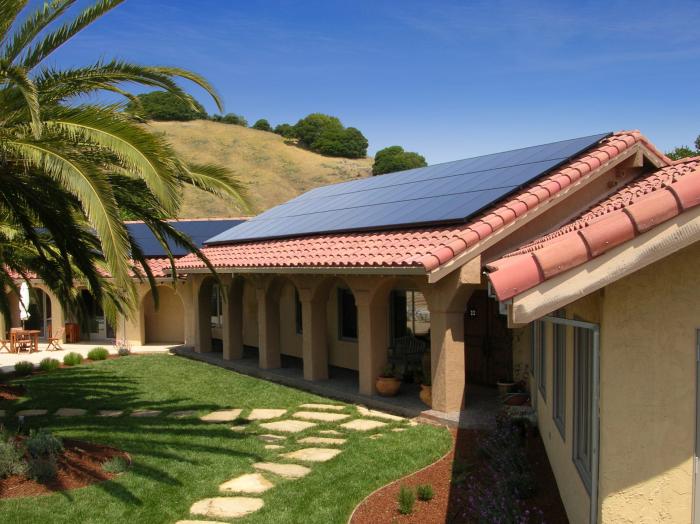
Editors Note: In 2020, SunPower announced the completion of the strategic spin-off of its manufacturing division into a separate business named Maxeon Solar Technologies, Ltd. As a result, SunPower has expanded its offerings to drive future growth. The SunPower Equinox® system now offers multiple panel options, including front- and back-contact panels, all of which are responsibly and rigorously quality tested to provide the best energy solution for your home.
There’s much conversation in California these days around Net Energy Metering (NEM), rules that govern how utilities handle solar power. Specifically, the discussion is focused on changes to these rules – sometimes referred to as “NEM 2.0” – that are being crafted by the California Public Utilities Commission (CPUC).
It’s a complex topic that could potentially have a big financial impact for rooftop solar customers in California, the nation’s largest solar market.
What’s at stake
Net energy metering is the policy under which customers with solar power systems receive credit from a utility for the electricity their systems generate in excess of what’s used immediately in their home or business. The excess electricity flows back to the grid for use by other customers. The solar customer is credited for the electricity at the same price paid for electricity drawn from the grid.
Under the current NEM program, California’s large investor-owned utilities, including Pacific Gas and Electric (PG&E), Southern California Edison (SCE) and San Diego Gas and Electric (SDG&E), are required to offer NEM to their customers until July 2017, or when the total installed NEM capacity in their territory exceeds 5 percent of its aggregate customer peak demand.
Customers who have interconnected solar systems under the current NEM program will continue to receive credit for their electricity exports at the full retail rate for 20 years from the date of their original interconnection. SDG&E and PG&E are expected to reach the 5 percent cap in the first half of 2016; SCE may continue to offer the current NEM program into 2017.
The CPUC is currently determining how the NEM policy will be updated after the NEM cap has been reached by each utility. The proposed new NEM 2.0 rules are expected to be published later this month, with final approval anticipated in January.
What does this mean?
If you’re a current solar customer with NEM, you’re in great shape. You will be “grandfathered” under the current NEM policy, receiving full credit for electricity you export to the grid for 20 years from the date your system is interconnected and you will not be impacted by the outcome of the NEM 2.0 policy.
If you’re not yet a rooftop solar customer but have been considering it, we encourage you to move ahead with your plans quickly. While we don’t yet know the details of the program under NEM 2.0, we anticipate that the economics of going solar will not be as strong as they are under the current program.
To maximize your potential solar savings, it would be prudent for PG&E and SDG&E customers in particular to have their systems installed by early next year, as they’re expected to reach that 5 percent cap in the near future.
Solar is becoming a mainstream energy source, with more American households and businesses going solar each year. With solar systems more affordable than ever, it makes sense to take that step to minimize both your electricity bill and your carbon footprint in one fell swoop.
If you’ve been waiting to take the plunge, wait no more. And, particularly if you’re in California, there has never been a better time than now. Find out how much you can save with our solar savings calculator.
© 2015 SunPower Corporation. All Rights Reserved. SUNPOWER and the SUNPOWER logo are trademarks or registered trademarks of SunPower Corporation in the U.S. and other countries as well.

